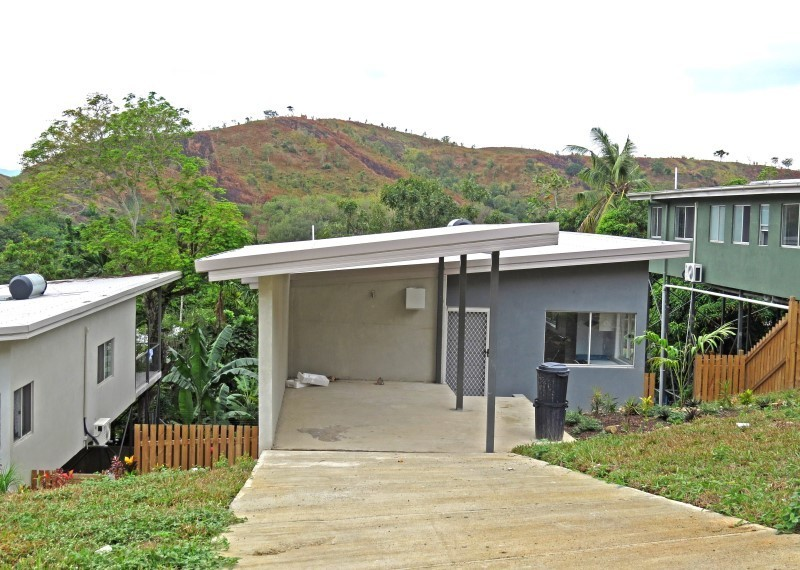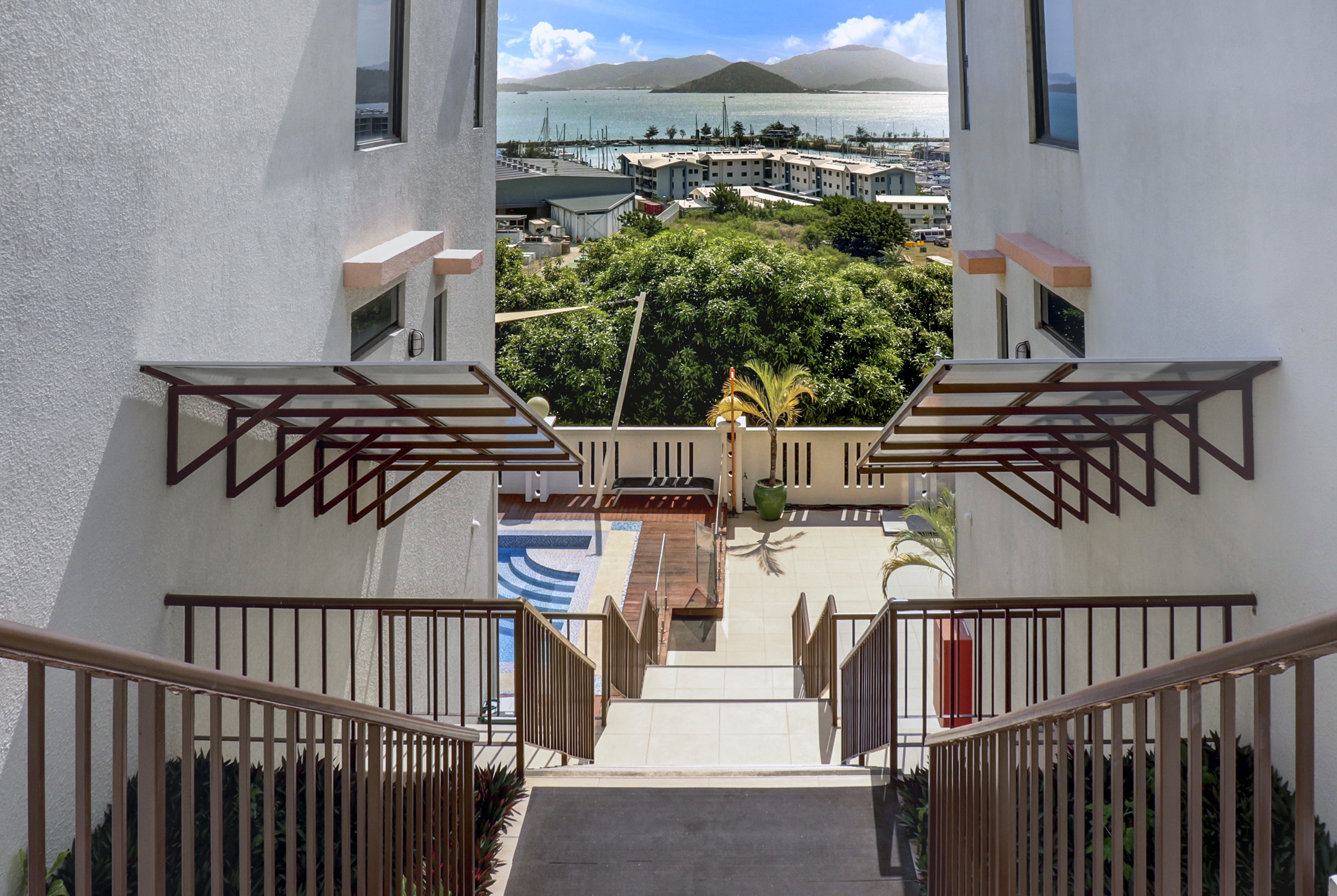Part one of this two part post covered one of three essential calculations when you’re set on a BRRRR strategy, as a would-be landlord or a newbie investor. The article also introduce briefly what these calculations involve in their truest of sense.
Continuing from part one, here, we’ll go into detail as to what this analysis is all about, and what the other two calculations are.
Let's head straight into it...
2. Calculating the Cap Rate
The cap rate helps to determine if the purchase price of the investment property in question is a good deal or not. Traditionally, however, cap rate will normally vary between properties, in terms of location and market.
Net annual income, on the other hand, represents your total income (or total rent collected) for the year, after expenses have been deducted. This now becomes your total cash flow as discussed in Part. 1.
3. Cash on Cash Return
Cash on cash return refers to the amount of money you earn on an investment. Translated in Tok Pisin: hamas moni yu kisim antap long moni yu putim e go insait long wanpela investment.
Buying a property with hard cash (i.e., a cash purchase), is no different to a cap rate. Nonetheless, once you finance the investment property of your choice with a loan, the amount will factor into the monetary leverage.
As a matter of fact, financial analysts suggest that when utilizing a loan, you increase your purchasing potential by more than 50%.
In this case, the cash on cash return will tell you exactly what your financial return is. This idea will become translucent as you read further.
Formula: Cash on Cash = Net Annual Income / Total Cash Invested
As prophesied by the formula, cash on cash return equates to dividing your net annual income by the total amount of cash you've invested, with respect to turning your property into a rental investment.
Worthy of note, numbers are only numbers until your estimates or calculations point towards reality. Notwithstanding, even while crunching the numbers you may find they look promising on paper, but the reality is never the same. So it’s important that the outcome is what it’s going to be in reality.
In essence, if you're buying a house in a location composed of Class C properties, which means the properties have a poor tenancy reputation, are of low quality, have a high tenancy turnover, coupled with a huge probability of frequent missed rents, you'd be perplexed to move forward with your investment goals.
(a) Calculate monthly cash flow
Now, supposedly you purchased the investment/rental property with cold hard cash, the first thing to consider is calculating your monthly cash flow:
Cash Flow = Income - ExpensesDon't forget that after you determine your monthly cash flow, you must then calculate the cap rate.
(b) Calculate cap rate
Cap Rate = Net Annual Income / Purchase Price
Cap rate, in any case, doesn't account for a mortgage. Instead, it mirrors an estimate for how good of a deal is when comparing the full purchase price.
(c) Calculate monthly cash flow a mortgage
With a mortgage, the same calculation format is repeated.
But at any rate you end up with a negative cash flow, that means that's how much you'll be earning every month, below the threshold of earning a profit until you own that investment.
This may require intelligence, discipline and sacrificing some of your expenses that aren't equally competent in bringing you good ROIs. The same concept applies to hard cash purchases.
With cash flow, it's your responsibility to purchase at a much lower price, or simply evaluate the investment property of your interest if there's a need to raise rents.
For instance, if the rental market subsequently reason that rental prices should be greater than or equal to K1,000 per month, the cash flow above will look something like this:
Of course, it's not uncommon to purchase an investment property with shallow rents. If existing tenants have been around for quite a while, chances are they will continue to pay below market value - an inconsiderable fact of life.
However, if the property in question has not experienced repairs and maintenance for some time and - after the purchase - you immediately ensured about-time updates (installing new flooring, replaced broken fly wires, repaired broken walls and louvers, etc), you're better off with new rental rates based on what is currently reflected by the market.
(d) Cash on cash return
Cash on Cash Return = Net Annual Income / Total cash invested
[Cash on Cash Return = (Monthly cash flow x 12) / Cash to close (Down payment + closing costs)]The magic of a cash on cash return is that once it is leveraged with a mortgage, your return on investment (or ROI) will improve greatly.
A cash on cash return allows you to make small investments, increases your potential to buy several more properties, and revamps your return on investment in a big way.
The thing to remember is that when you're faced with a shallow cash flow, because you have to cover for your monthly mortgage payments, your tenants will be on top of it by way of paying their dues.
Now, if you've saved up enough for a rainy day, you have the ability to purchase another investment/rental property, in order to build your overall cash flow.
The bottom line
The only way you can have a fair idea of whether or not a property of interest will make a good investment, is by crunching numbers around the three key calculations noted above. If the numbers are feasible, good work! Contact your real estate agent, as the next step, and qualify your offer.
However, bearing in mind that your offer will not resemble the asking price.
On that note, the asking price will always be about what the owner hopes to earn. Only on rare occasions will the asking price match what the property is truly worth or what the market perceives.
All in all, you must be confident with your offer, in terms of the numbers you have on hand. Leastwise, if the owner asks for more, then the whole project will not make any sense, meaning you'll have to abandon this all idea all together and move on with your search.
But if the property doesn't sell after a while, you can come back with the original offer and still close on the deal anyway.
The calculations to evaluate a property are simple.
- Cash flow
- Cap Rate
- Cash on Cash Return
We hope you enjoyed this two part article. Please subscribe to our newsletter and stay up to date with the latest news, lifestyle and guides in PNG real estate.
Disclaimer
This article is meant for informational purposes only. Hausples digs into the details of a specific topic and teaches its readers all about how the real estate industry operates. Therefore, not all articles are intended to be construed as financial, or investment advice. Hausples encourages you to reach out for professional help regarding your own real estate situation.




Comments